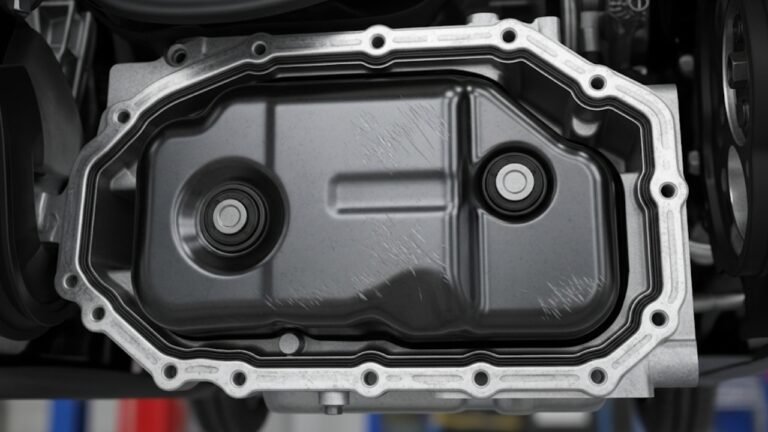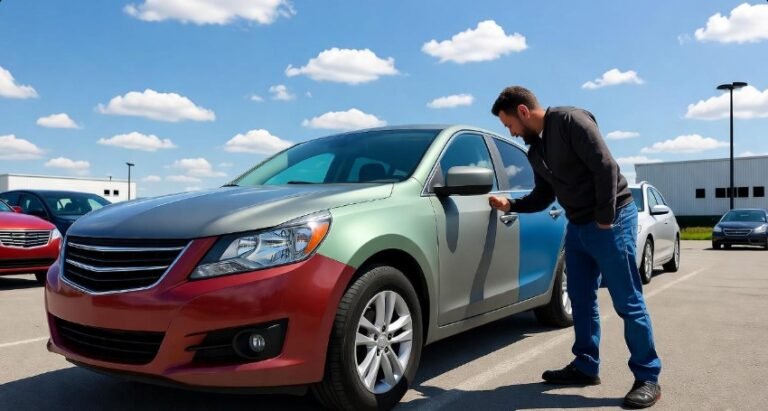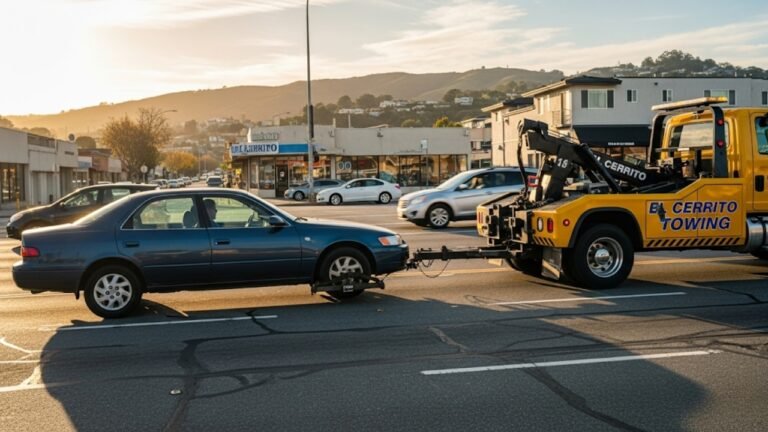Harley Wheel Interchange Chart: Ultimate Swap Guide
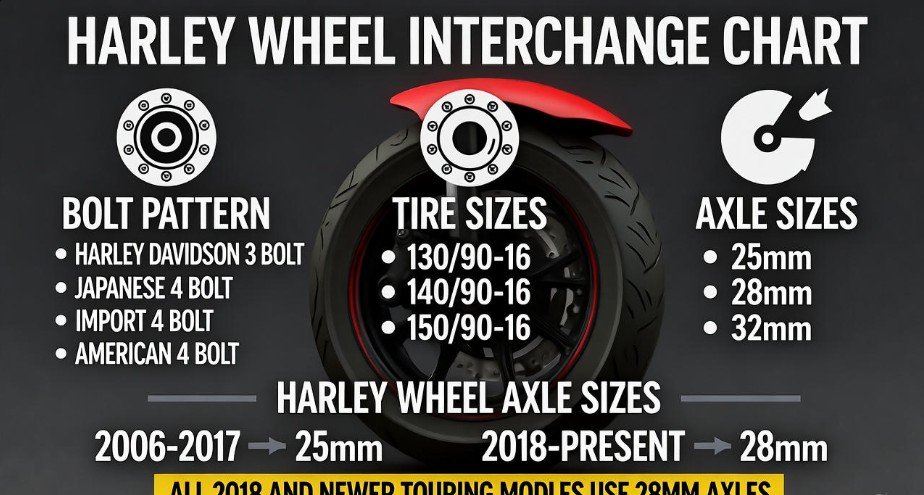
If you’re a Harley-Davidson enthusiast, you know that customizing your bike isn’t just a hobby—it’s a lifestyle. One of the most popular modifications is upgrading or swapping wheels. But here’s the catch: Harley wheels aren’t one-size-fits-all. Each model has unique specifications, and using the wrong wheel can lead to poor performance, safety issues, or costly mistakes. That’s where the Harley Wheel Interchange Chart comes in. This tool is like a roadmap for riders, showing which wheels fit which Harley models, helping you make informed decisions while keeping your ride smooth and stylish.
Whether you’re a DIY mechanic or someone who prefers professional help, understanding wheel compatibility is essential. In this guide, we’ll walk through everything from wheel measurements to model-specific swaps, tips for customization, and expert insights to ensure your Harley not only looks good but performs flawlessly.
Why Harley Wheel Compatibility Matters
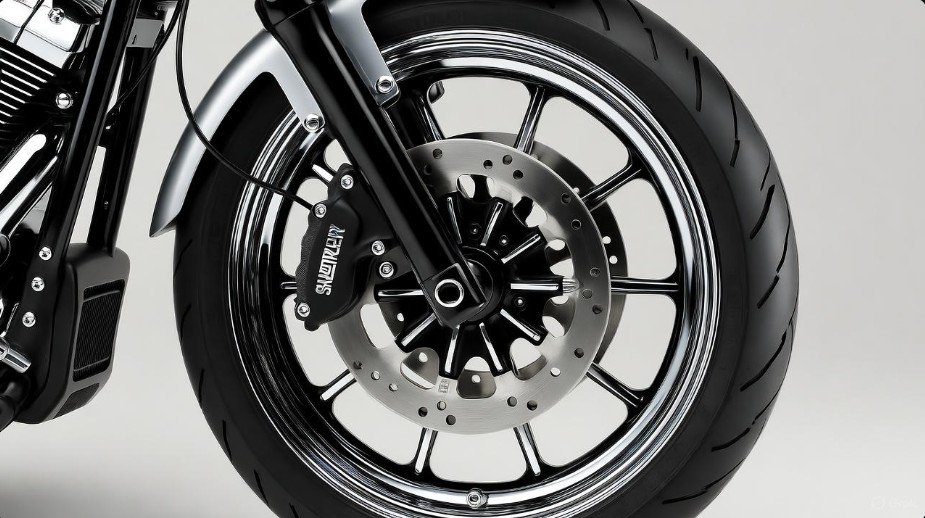
Many Harley owners underestimate the importance of wheel compatibility. It’s not just about aesthetics; a wheel that doesn’t fit properly can compromise handling, braking, and overall safety. Harley-Davidson motorcycles have different bolt patterns, wheel sizes, hub diameters, and offsets, which all play a crucial role in how the bike rides. Ignoring these can lead to vibrations, misalignment, or even accidents. Using a Harley Wheel Interchange Chart ensures you match your wheels correctly, preventing these issues while making your bike stand out.
Upgrading your wheels is also about performance. Lighter wheels can improve acceleration and handling, while larger or wider wheels can enhance stability. The chart simplifies this process, saving you time, money, and the headache of trial and error. Think of it as a GPS for your customization journey—it guides you directly to the right wheel without detours.
Key Components of Harley Wheel Compatibility
To fully utilize a Harley Wheel Interchange Chart, you need to understand the fundamental components that define wheel compatibility:
-
Bolt Pattern: This is the arrangement of bolts that secure the wheel. Each Harley model can have a unique pattern, and mismatched bolts can prevent installation or compromise safety.
-
Wheel Size: This includes both the diameter and width of the wheel. Correct sizing ensures proper tire fit, alignment, and handling.
-
Hub Diameter: The hub opening must match your bike’s axle for a secure fit. Too small or too large, and the wheel may wobble or cause uneven wear.
-
Offset: Offset determines the distance between the wheel’s mounting surface and its centerline. Proper offset affects balance, handling, and brake clearance.
Getting these measurements right is critical. Even a small mismatch can affect ride quality, so precision is key.
How to Accurately Measure Your Wheels
Accurate measurements are essential for a smooth wheel swap. Here’s a step-by-step approach to ensure everything fits perfectly:
-
Bolt Pattern: Use a ruler or bolt pattern gauge to measure the distance between bolt holes.
-
Wheel Size: A measuring tape helps determine the wheel’s diameter and width.
-
Hub Diameter: Calipers give precise readings of the hub opening.
-
Offset: Use an offset gauge to measure the distance from the hub mounting surface to the wheel’s centerline.
Taking the time to measure carefully ensures your Harley rides safely and smoothly. Many riders skip this step and end up with a wheel that looks good but feels unstable on the road. Accurate measurements prevent headaches, protect your bike, and maximize performance.
A Brief History of Harley Wheels
Harley-Davidson wheels have come a long way. Understanding their evolution helps you appreciate the options available for swaps and customizations.
Classic Designs
Early Harley wheels were built for durability and simplicity. Spoked steel wheels were the norm, often paired with whitewall tires for style. These wheels were not only functional but also iconic, shaping the visual identity of the Harley brand. Classic wheels offer a timeless look, and many riders still seek them for vintage restorations or to capture that retro aesthetic.
Modern Advancements
Today, Harley wheels incorporate advanced materials like aluminum, which reduces weight without sacrificing strength. Tubeless tires improve safety, and custom designs allow riders to express individuality. Modern wheels also integrate advanced braking systems, offering better control and reliability. The combination of traditional aesthetics and modern technology makes Harley wheel selection both exciting and practical.
Understanding Wheel Fitment
Before you swap wheels, you need to understand fitment. Fitment ensures safety, performance, and the right look. Here’s what to focus on:
Bolt Patterns and Wheel Sizes
Harley wheels have specific bolt patterns. Common patterns include 5 x 3.25 inches and 5 x 3.50 inches. Front and rear wheels may differ, and each model has standard sizes—for example, Sportsters often use 19-inch front and 16-inch rear wheels, while Softails might feature 21-inch front and 18-inch rear wheels. Matching these sizes is crucial for proper alignment and handling.
Axle Diameters and Bearings
Axle diameter and bearing type are equally important. Harleys use axles ranging from 3/4 inch to 25 mm, with bearings that include tapered roller or sealed ball types. Using the wrong combination can affect wheel rotation, braking efficiency, and suspension performance.
Step-by-Step Harley Wheel Swap
Swapping Harley wheels doesn’t have to be intimidating if you follow a methodical approach:
-
Prepare Your Workspace: Ensure ample space, lighting, and safety precautions.
-
Lift the Bike: Use a sturdy motorcycle lift to raise your Harley.
-
Remove Existing Wheels: Loosen and remove the axle nuts and bolts.
-
Inspect New Wheels: Check for defects, cracks, or imperfections.
-
Install New Wheels: Align carefully and secure the axles.
-
Check Alignment: Use a wheel alignment tool to ensure perfect balance.
-
Lower the Bike: Carefully bring your Harley back down.
-
Test Ride: Take a short ride to ensure stability and performance.
Using proper tools—like torque wrenches, axle nut wrenches, and socket sets—makes the process smoother and safer.
Model-Specific Wheel Compatibility
Understanding your Harley’s specific model requirements is crucial. Each model has unique wheel specifications, and using the Harley Wheel Interchange Chart ensures the right match.
Sportster Wheel Compatibility
Sportster models are highly customizable but have precise wheel requirements. The chart helps you identify compatible wheels across different years and trims:
-
Iron 883: 19″ front, 16″ rear (2009–2023)
-
Forty-Eight: 16″ front and rear (2010–2023)
-
Roadster: 19″ front, 18″ rear (2016–2020)
Using the chart prevents mismatched bolt patterns, axle diameters, or hub sizes, which could otherwise compromise ride stability. Many riders swap wheels between Sportster models to achieve a unique look or improve performance, but the chart ensures safety and precision.
Touring Models and Wheel Swaps
Touring models, such as Electra Glide, Road King, and Street Glide, often allow wheel swaps across multiple years. However, verifying axle diameter, brake rotor compatibility, and wheel size is critical. For instance:
-
Electra Glide: Compatible with 16″ wheels from 2000–2023
-
Road King: Fits 16″ and 18″ wheels from 1994–2023
-
Street Glide: 19″ front, 18″ rear (2006–2023)
The Harley Wheel Interchange Chart saves time by confirming these compatibilities before purchase, preventing expensive mistakes.
Customization Tips for Harley Wheels
Changing your Harley wheels is more than functionality—it’s a chance to express personality and style. The right wheels can dramatically enhance both aesthetics and performance.
Enhancing Performance with Wheels
Performance-focused riders should consider wheel weight, material, and design. Lighter wheels reduce overall bike weight, improving acceleration, handling, and fuel efficiency. Larger wheels increase stability, while certain spoke designs can absorb road shocks better.
| Wheel Type | Performance Benefit |
|---|---|
| Alloy Wheels | Lightweight, durable, better speed |
| Spoke Wheels | Shock absorption, classic look |
| Mag Wheels | Improved handling, smooth ride |
Choosing the right combination based on your riding style ensures both safety and enjoyment.
Personalizing Your Ride
Wheels dramatically change a Harley’s visual impact. Chrome wheels offer a bold, reflective finish, while black or custom-painted wheels create a sleek, modern appearance. Beyond color, custom spoke arrangements or hub designs let riders achieve a truly unique look.
-
Chrome Wheels – Shine and stand out in sunlight
-
Black Wheels – Modern, stealthy appearance
-
Custom Designs – Unique personal flair, often paired with matching fenders or accessories
Using the chart ensures that your style choices are compatible with your model, avoiding issues like brake interference or axle misfit.
Safety Considerations and Best Practices
Even if you’re confident in your wheel swap skills, safety should never take a backseat. Proper alignment, balance, and maintenance are essential.
Ensuring Alignment and Balance
Misaligned or unbalanced wheels can cause vibrations, uneven tire wear, and unstable handling. Always check:
-
Alignment: Use a precision alignment tool to adjust front and rear wheels.
-
Balance: Install balancing weights as needed, especially after swapping heavier or lighter wheels.
A smooth, balanced ride not only enhances safety but also prolongs the life of your suspension components.
Regular Maintenance for Longevity
Maintaining your Harley wheels keeps them performing at their best. Follow a routine to inspect, clean, and service your wheels:
-
Check for cracks, dents, or corrosion
-
Inspect tire pressure and wear patterns
-
Clean wheels regularly to prevent rust buildup
-
Lubricate moving parts, such as bearings
-
Replace damaged or worn components promptly
A small investment of time in maintenance prevents costly repairs and ensures long-term performance.
Real-World Examples and Case Studies
Practical examples help illustrate how the Harley Wheel Interchange Chart works in action. Many riders have successfully used it to upgrade or customize their bikes.
Success Stories
-
John’s Touring Bike: John needed a replacement wheel for his 2015 Touring model. Using the chart, he found a perfectly compatible wheel from another year model. The swap went smoothly, and his bike gained a fresh, modern look.
-
Emily’s Sportster: Emily wanted a custom aesthetic for her 2018 Sportster. She used the chart to swap in a wheel from a different model while maintaining safety and performance. Her bike now turns heads everywhere she rides.
Common Pitfalls to Avoid
-
Ignoring Compatibility: Using a wheel outside the recommended range can damage your bike.
-
Overlooking Sizes: Incorrect diameters or widths affect handling and braking efficiency.
-
Neglecting Bearings and Axles: Even a visually compatible wheel may not fit if axle or bearing specifications differ.
Following the chart’s guidance helps riders avoid these mistakes and enjoy a hassle-free upgrade.
Resources and Expert Insights
For those new to Harley customization, using official and trusted resources enhances safety and confidence.
Recommended Manuals
-
Harley-Davidson Service Manual – Complete technical guide for all models
-
Parts Catalog – Lists compatible wheels and components
-
Owner’s Manual – Basics for new Harley owners
Third-party guides, such as Haynes Manuals or Clymer Manuals, provide step-by-step instructions and practical insights for DIY enthusiasts.
Harley Community Support
Engaging with the Harley community provides invaluable tips and firsthand experiences:
-
HD Forums – Connect with Harley owners worldwide
-
Official Harley-Davidson Community – Access product updates and technical advice
-
Reddit Harley Group – Share experiences, ask questions, and learn tricks
-
Local Harley Clubs – Hands-on help, events, and networking opportunities
These platforms complement the Harley Wheel Interchange Chart, providing both technical guidance and community wisdom.
FAQs About Harley Wheel Interchange
1. Can I swap wheels between different Harley models?
Yes, but only after checking the Harley Wheel Interchange Chart to ensure bolt pattern, hub diameter, and axle size compatibility.
2. Are modern Harley wheels lighter than classic ones?
Absolutely. Modern aluminum wheels are lighter, improving handling and acceleration compared to traditional steel spoked wheels.
3. Do wheel swaps affect warranty?
It depends. Always consult Harley-Davidson guidelines or your dealer. Using incompatible wheels may void certain warranties.
4. How often should I inspect my Harley wheels?
Regularly, ideally every few rides or at least once a month. Focus on alignment, balance, tire pressure, and visible damage.
5. Can I customize the color of my Harley wheels?
Yes, but ensure the coating or paint does not interfere with brake or axle fitment.
6. Is it safe to DIY a wheel swap?
With the right tools, guidance, and the Harley Wheel Interchange Chart, DIY swaps are possible. However, if unsure, professional installation is recommended.
7. What tools are essential for a wheel swap?
Motorcycle lift, socket set, torque wrench, axle nut wrench, alignment tools, gloves, and safety glasses.
8. Will larger wheels affect ride quality?
Yes, larger wheels can enhance stability but may change handling characteristics. Always match recommendations in the chart for safe performance.
Conclusion
Customizing your Harley isn’t just about looking cool—it’s about performance, safety, and personal expression. The Harley Wheel Interchange Chart is an indispensable tool for anyone considering a wheel upgrade. It simplifies complex compatibility issues, saves time, prevents costly mistakes, and allows you to ride with confidence. From understanding bolt patterns and hub sizes to learning modern wheel advancements and safety practices, this guide equips every Harley enthusiast with the knowledge to make informed decisions.
By combining accurate measurements, proper maintenance, and community insights, you can ensure your Harley not only looks incredible but rides smoothly for years to come. Use the chart, follow expert guidance, and embrace the freedom of the open road with the perfect set of wheels beneath you.

